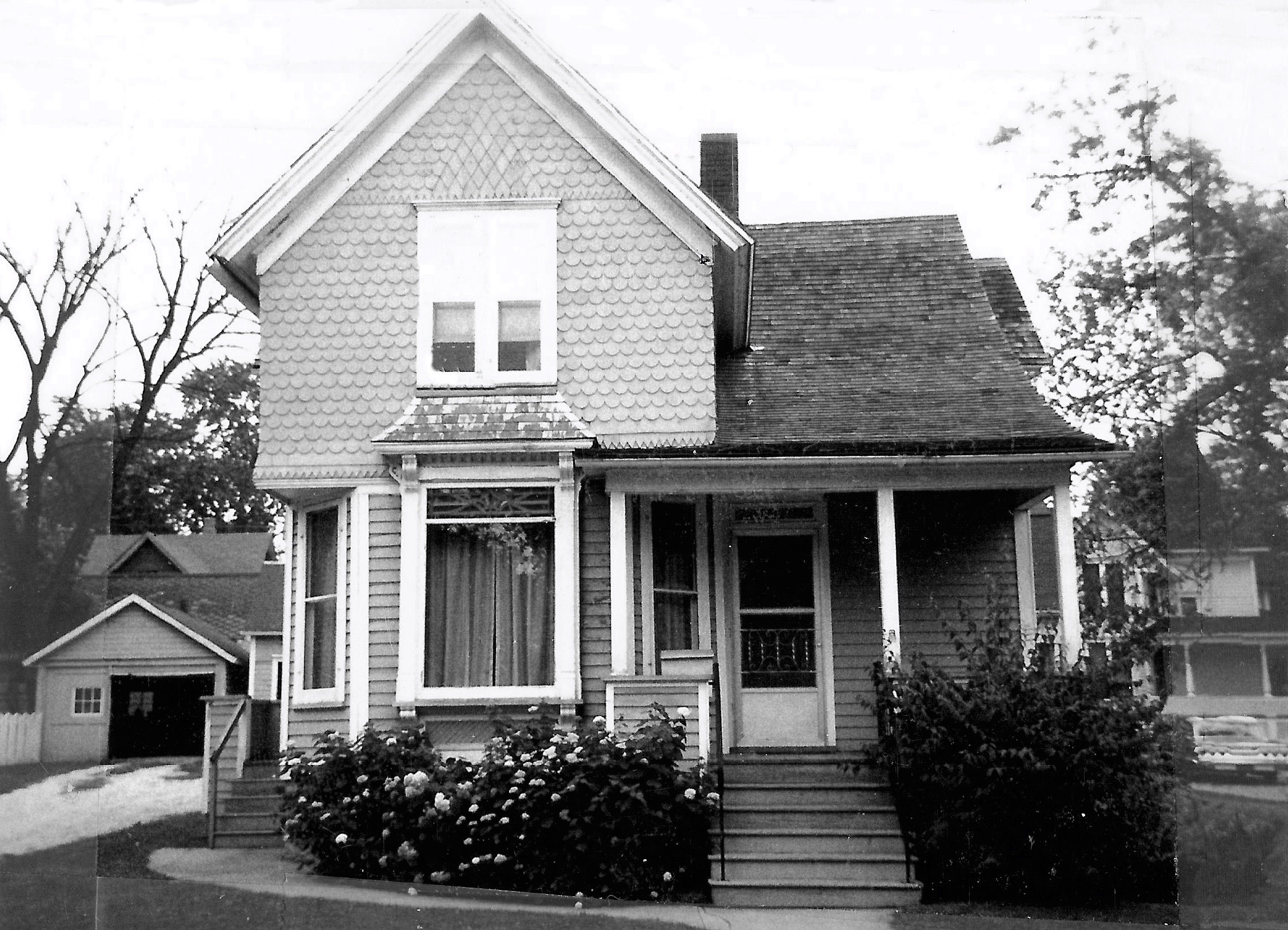118 HAMILTON AVENUE
HISTORIC SIGNIFICANCE
The Crighton Park Addition to Elgin further extended the city to the west. It is bounded by Larkin Avenue and Chicago Street on the north and south, Union Street on the east and Worth Street on the west. Beginning in 1888, Isabella Fleming, with the help of her sisters and brother, began selling off lots of their family’s land.
In 1892, John Kenyon purchased lot 4 of the addition, among other lots with his brother, Albert. Carpenters by trade, the two brothers would purchase land to build and sell homes. They lived in the two twin homes that sit next to each other where Larkin Avenue and Highland Avenue meet.
By 1893, the brothers had finished building the home at 118 Hamilton Avenue, and by the next year they had sold it to Levi Billig, a retired farmer.
In 1898, Billig sold to Henry Munger, another retired farmer. 19 years later, after Munger had passed away, his surviving family sold the hold to Frank Tazewell in 1917. 118 Hamilton then stayed within the Tazewell family until 1978.
ARCHITECTURAL SIGNIFICANCE
The home at 118 Hamilton is a nice example of the Queen Anne style. Some features indicative of the style include the cross gabled roof with prominent front gable, decorative wood shingles throughout the elevations, one-over-one double hung wood windows, an overall asymmetrical floor plan, and an bay window on the façade.
In the Northwest Neighborhood Architectural Survey, 118 Hamilton Avenue is listed as a contributing structure to the local neighborhood history.
TIMELINE OF PREVIOUS OWNERS
Sources: 1998 Heritage Plaque Application; Audio: TextAloud







